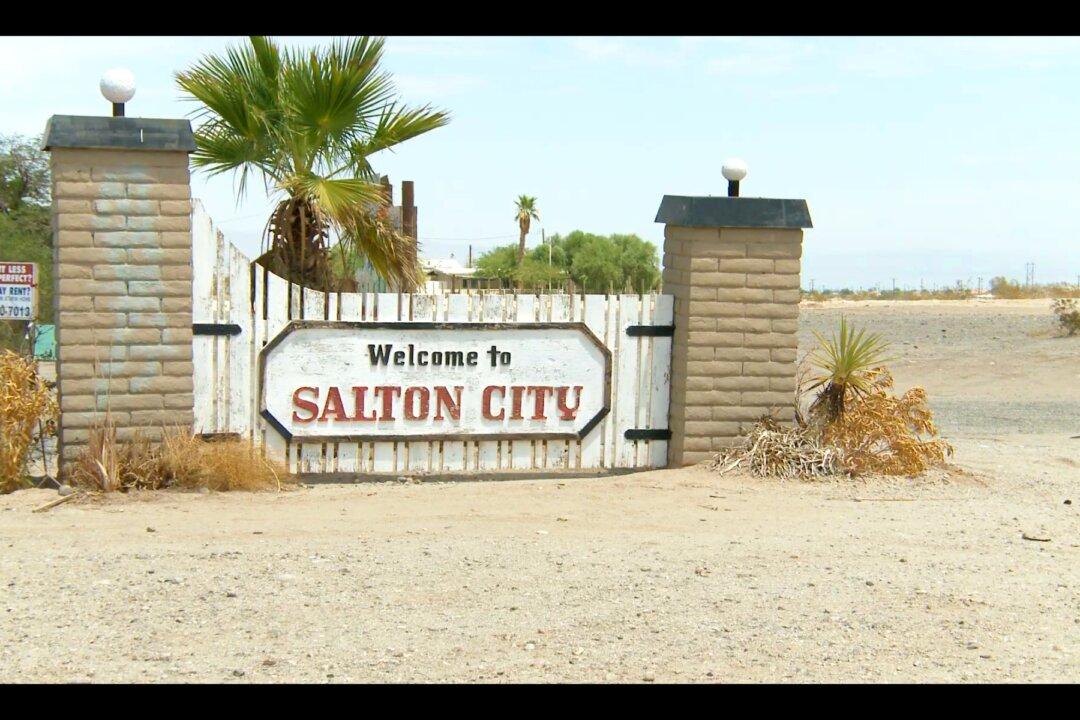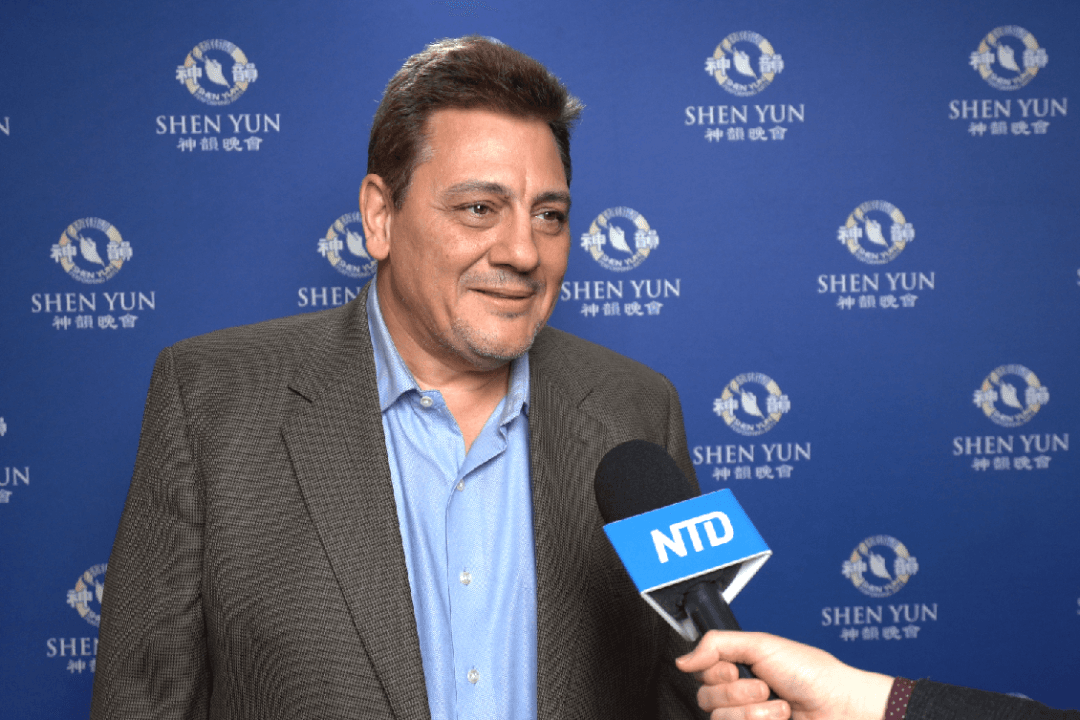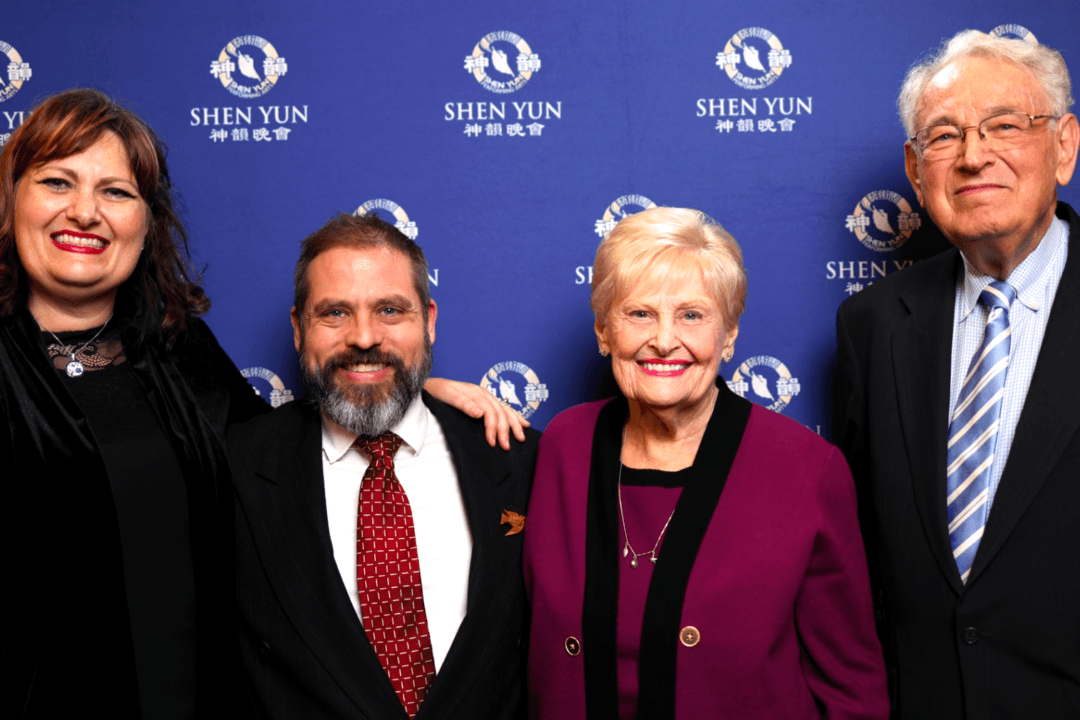SALTON CITY, Calif.— The Salton Sea is one of the largest lakes in California, and it teemed with water, fish, and tourists just a few decades ago. However, over the last three decades, the body of water has become a major ecological challenge, with sulfide smells now keeping tourists away.
Resting at 227 feet below sea level, the area’s unique location and surrounding topography led to a cycle in which the lake formed, dried out, and reformed.






